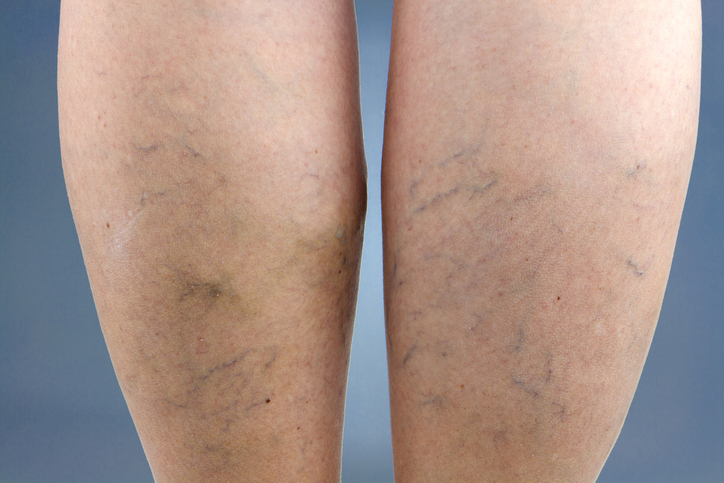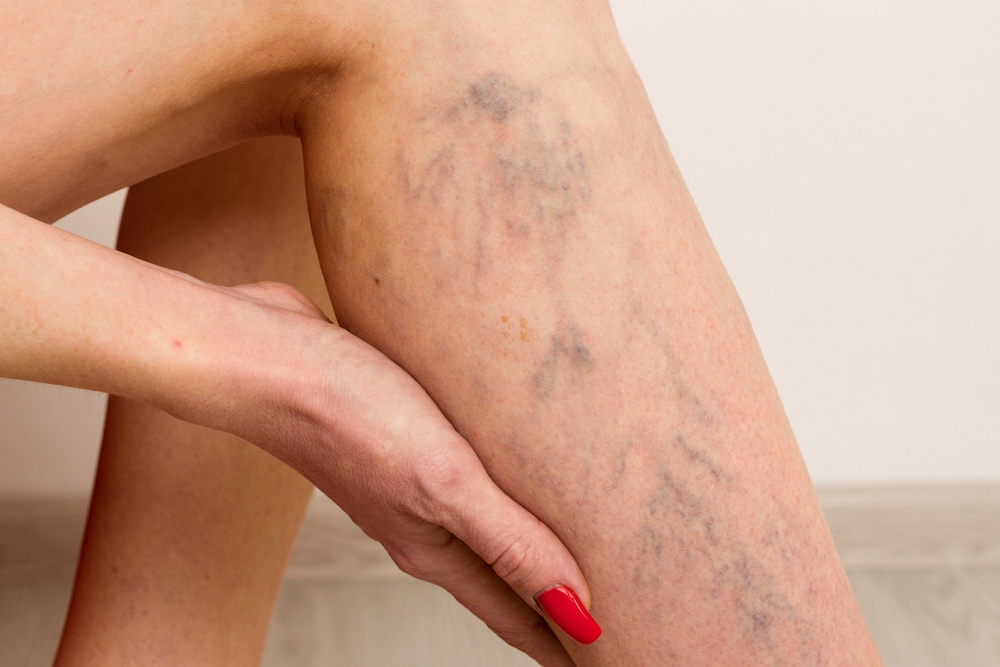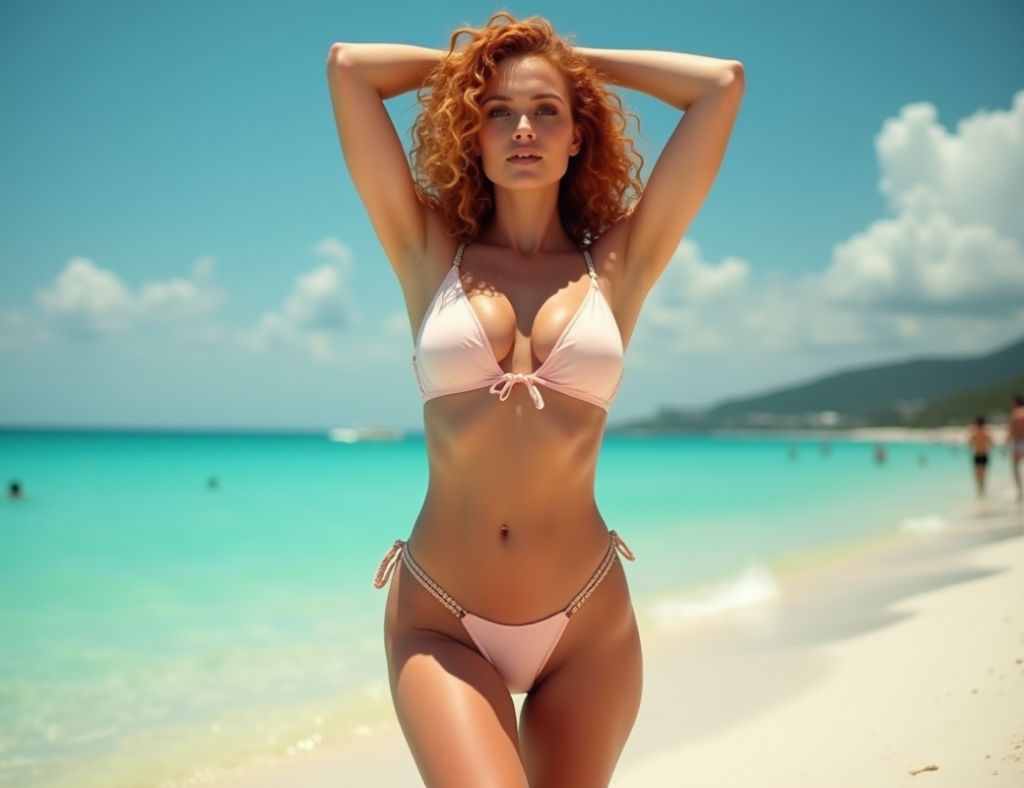Varicose veins, a common condition characterized by twisted, enlarged veins often appearing in the legs and feet, signal underlying vein dysfunction. This post delves into their causes, symptoms, and potential treatment options to manage discomfort and improve vascular health. Recognizing the early signs of varicose veins can be crucial for timely medical intervention and preventing complications.
In exploring treatments for varicose veins, we uncover both non-invasive methods and surgical procedures that cater to varying degrees of severity. With advancements in medical technology, individuals have access to an array of options designed to alleviate pain and restore aesthetic normalcy.
Understanding the Basics of Varicose Veins
What Are They
Varicose veins are enlarged, twisted veins. Often appearing blue or dark purple, they stand out against the skin. These veins can cause discomfort and swelling in affected areas.
The main function of veins is to return blood back to the heart. In your legs, this task is challenging due to gravity. To succeed, leg veins rely on muscle contractions and one-way valves that prevent blood from flowing backward. When these valves fail or when pressure within the vein increases, varicose veins can form.
Common Locations
Mostly found in the legs and feet, varicose veins arise because standing and walking increase pressure in lower body’s veins. This constant pressure can weaken vein walls over time.
When you stand for long periods, gravity forces your blood flow downwards. Your deep veins work hard to push blood back up to your heart. If there’s a problem with your way valves or vein walls, blood pools instead of moving as it should.
Spider vs Varicose
Spider and varicose are not identical issues.
-
Spider: Small discolorations often red or blue.
-
Varicose: Larger beneath-the-skin bulges that may lead to more serious health concerns if untreated.
While spider veins are typically harmless cosmetic concerns, varicose ones might signal circulatory problems. The key difference lies in size and depth; spider versions affect smaller capillaries closer to skin’s surface while varicosities involve larger vessels deeper within tissue layers.
Understanding these differences helps identify potential health risks early on before they escalate into bigger problems like chronic venous insufficiency or ulcers requiring medical attention.
Causes and Risk Factors of Varicose Veins
Genetic Influence
Varicose veins often run in families. If your parents have them, you’re more likely to develop them too. This is due to genetic predisposition, which can dictate the strength and functionality of your vein walls and valves.
Having a family history increases your chances significantly. It’s not certain, but it makes prevention important. Knowing this risk can prompt early action like exercise or wearing compression stockings.
Aging Valves
As we age, our bodies change. The valves in our veins that help regulate blood flow weaken over time. This leads to age-related valve dysfunction which may cause varicose veins.
Older adults are at higher risk for developing these enlarged veins because their vein elasticity decreases with age. Regular check-ups are crucial as you get older to catch any signs early on.
Lifestyle Impacts
Certain lifestyle choices also contribute to the development of varicose veins:
-
Being overweight puts extra pressure on your veins.
-
During pregnancy, the amount of blood increases but the flow from legs to pelvis does not, adding stress on the veins.
Both obesity and pregnancy increase pressure in leg veins which may lead to varicose vein formation or exacerbate existing ones.
Losing weight if necessary and staying active can mitigate these risks. Pregnant women should discuss preventive measures with their doctors since they have limited options for treatment during pregnancy due to safety concerns for the baby.
Recognizing Symptoms of Varicose Veins
Visible Signs
Varicose veins often show as bulging and twisted cords on your legs. They can appear blue or dark purple. When these veins surface, they are hard to miss.
The skin around these veins might also change. It can become thin or discolored. In some cases, spider veins, which are smaller and less pronounced than varicose veins, might develop in the same area.
Physical Sensations
A common symptom is a feeling of heaviness in the legs. This sensation may worsen after sitting or standing for long periods.
People may experience swelling in their lower legs too. Alongside this, there could be throbbing, muscle cramps or a burning sensation near the affected veins.
Skin Changes
Over time, changes to skin texture and color can occur around varicose veins. The skin may become dry or itchy.
In severe cases, prolonged swelling can lead to more serious conditions like blood clots or sores that do not heal easily.
Steps in Diagnosing Varicose Veins
Physical Exam
Doctors start with a physical exam. They look at your legs while you’re standing to check for swelling. The veins’ color and size give clues about their health.
Next, the doctor may ask you to describe any pain or discomfort in your legs. This helps them understand how varicose veins affect you day-to-day.
Ultrasound Test
An ultrasound test is often next. It uses sound waves to create images of blood flow in the veins. This shows if there’s a blockage or reflux, which means blood is flowing backward.
The ultrasound also checks vein structure. Doctors can see if the valves inside veins are working right or not.
Venogram Procedure
Sometimes, more info is needed. A venogram provides detailed images of your veins by using contrast dye that makes them visible on X-ray.
This procedure happens less often than an ultrasound but offers valuable details when necessary.
Lifestyle Changes and Prevention Strategies
Regular Exercise
Regular exercise is crucial for circulation improvement. It helps blood move through your veins back to the heart. Walking, swimming, and cycling are excellent options. They work leg muscles without putting too much strain on them.
Exercise also strengthens your overall vascular system. This means healthier veins and less risk of varicose veins forming or getting worse.
Weight Management
Managing weight is another key strategy in preventing varicose veins. Extra pounds put more pressure on your veins, especially those in your legs. Keeping a healthy weight reduces this stress.
A balanced diet with plenty of fruits and vegetables can help manage weight effectively. It’s not just about losing pounds; it’s about maintaining a stable, healthy weight over time.
Leg Elevation
Elevating legs can alleviate symptoms associated with varicose veins. When resting, prop up your legs above heart level if possible.
This simple action helps blood flow back towards the heart more easily. It eases pressure in leg veins after long periods of standing or sitting at work.
Comprehensive Treatment Options
Minimally Invasive
Medical advancements offer minimally invasive options for treating varicose veins. Sclerotherapy is a popular method. Here, a solution is injected into the vein, causing it to collapse and fade. It’s effective for smaller veins.
Laser treatments are another option. They use light energy to seal off affected veins without incisions or needles. Both procedures typically require only a local anesthetic and can be done in your doctor’s office.
Surgical Alternatives
For more severe cases, surgery may be necessary. Vein stripping removes large varicose veins from the leg through small cuts made by your health care provider. This procedure might need general anesthesia and a hospital stay.
Another surgical form is ambulatory phlebectomy, where tiny punctures allow removal of smaller veins under local anesthesia on an outpatient basis.
Symptom Management
Compression stockings provide simple yet effective relief for many patients with varicose veins. These special elastic stockings apply pressure to help blood move back towards the heart and prevent pooling in the legs when standing for long periods.
Regular use of compression stockings can ease pain and swelling associated with varicose veins but consult your health care provider before starting any new treatment on your own.
Potential Complications and Management
Venous Ulcers
Varicose veins can lead to chronic venous insufficiency. This condition prevents blood from moving efficiently. Over time, this can result in venous ulcers. These are painful sores on the skin, often near the ankles.

To manage these ulcers, keep the affected area clean and dressed. Compression therapy is also effective. It improves circulation and speeds up healing.
Deep Vein Thrombosis
Deep vein thrombosis (DVT) is a serious complication of varicose veins. It occurs when a blood clot forms in a deep vein, usually in the leg.
Symptoms include swelling, redness, and warmth over the affected area. If you notice these signs, seek medical attention immediately. DVT requires prompt treatment to prevent further problems like pulmonary embolism.
Skin Infections
Varicose veins may cause skin problems such as infections or bleeding if they burst. To avoid infections:
-
Keep your skin clean.
-
Moisturize regularly to prevent cracks.
-
Apply antibiotic creams if prescribed.
If bleeding happens:
-
Elevate your leg above heart level.
-
Apply pressure directly to the site of bleeding.
Management involves routine care and vigilance for changes that indicate complications.
Outlook for Individuals with Varicose Veins
Treatment Efficacy
Most people find relief after treatment. Lifestyle changes and medical procedures improve symptoms. Doctors often recommend compression stockings, exercise, and elevating the legs to reduce pressure in the leg veins.
Surgical options like sclerotherapy or laser treatments also exist. These methods close off problematic veins. Blood then reroutes through healthier veins, reducing venous insufficiency.
Recurrence Rates
Varicose veins can come back even after treatment. The key is ongoing prevention. Patients should continue wearing compression garments and following a healthy lifestyle to keep blood flowing properly.
Regular check-ups with a doctor are crucial too. They help catch any new vein issues early on.
Quality of Life
Successful management means better daily life for many people. Painful symptoms decrease, allowing more activity and less discomfort during long periods of standing or sitting.
Patients report feeling happier when their legs look and feel better post-treatment.
Final Remarks
Varicose veins, while common, are a condition warranting attention due to potential complications and impacts on quality of life. This article has navigated through their nature, causative factors, symptoms, diagnostic procedures, prevention strategies, treatment options, and the outlook for affected individuals. Emphasizing the importance of lifestyle interventions and medical advice can mitigate risks and improve outcomes. Acknowledging the comprehensive approaches to treatment underscores the advancements in managing this vascular concern.
Readers are encouraged to consult healthcare professionals for personalized care and to explore the latest treatments. Proactive engagement with one’s health is vital; if varicose veins are a concern, taking steps towards evaluation and management is imperative. For further information and support, seek out reputable sources and specialist care to navigate this condition effectively.
Frequently Asked Questions
What are varicose veins?
Varicose veins are enlarged, swollen, and twisting veins, often appearing blue or dark purple. They occur when faulty valves in the veins allow blood to flow in the wrong direction or to pool.
What causes varicose veins?
The primary cause of varicose veins is increased pressure in the leg veins due to standing or walking upright for long periods. Risk factors include age, gender (more common in women), family history, obesity, and pregnancy.
How can I recognize symptoms of varicose veins?
Symptoms include bulging blue or dark purple veins; aching legs; feelings of heaviness; pain after sitting or standing for long durations; itching around one or more of your veins; and skin discoloration near a varicosed vein.
What lifestyle changes can prevent varicose veins?
Preventive measures involve maintaining a healthy weight, exercising regularly to improve circulation, elevating legs when resting, avoiding prolonged periods of standing or sitting, and wearing compression stockings if advised by a healthcare professional.
What treatments are available for varicose veins?
Treatment options range from self-care measures like exercise and elevation to medical procedures such as sclerotherapy, laser surgery, high ligation and vein stripping, endovenous thermal ablation therapy (using heat), and ambulatory phlebectomy.
Are there any complications associated with untreated varicose veins?
Untreated varicose veins can lead to complications like venous ulcers (open sores), bleeding due to bursting of a vein close to the surface of the skin, thrombophlebitis (vein inflammation related to a blood clot), and chronic venous insufficiency.
What is the outlook for someone with treated varicose veins?
With treatment ranging from lifestyle changes to surgical interventions as necessary—and proper management—the outlook is generally good. Most individuals experience relief from symptoms post-treatment with minimal recurrence when following their healthcare provider’s advice.





